Top Uses and Benefits of the Elastic Band
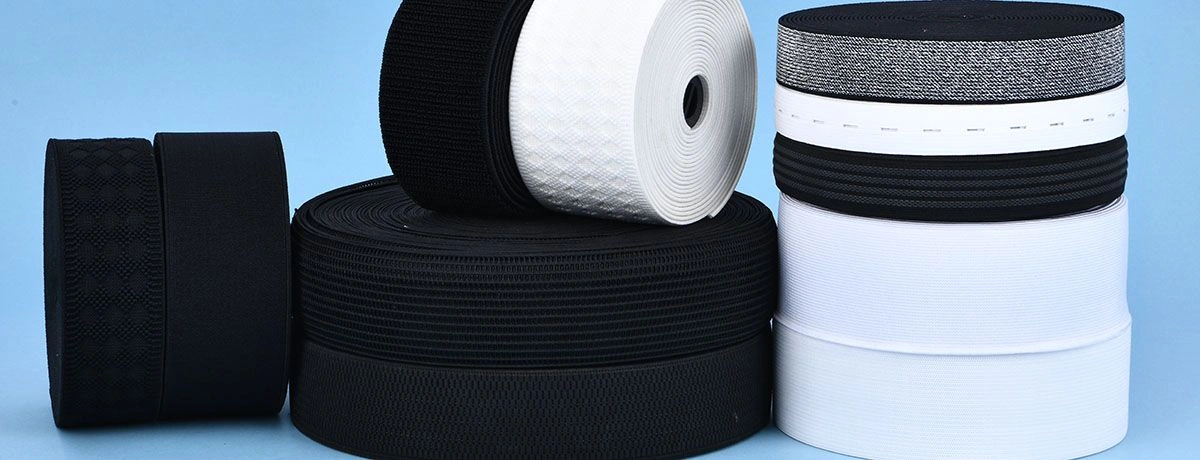
Elastic bands are used for bundling, organizing, and adding stretch in various applications. Made from materials like rubber latex, they are key in everyday tasks and professional settings. This article explores their types, uses, and how to choose the right elastic band.
Key Takeaways
-
Elastic bands, made primarily from natural rubber latex, are highly versatile and have applications in various fields including clothing, medical, and industrial uses.
-
There are several types of elastic bands—woven, knitted, and braided—each tailored for specific tasks due to their unique properties and strength.
-
Selecting the appropriate elastic band involves considering factors such as durability, size, and intended application to ensure optimal performance and longevity.
Understanding Elastic Band
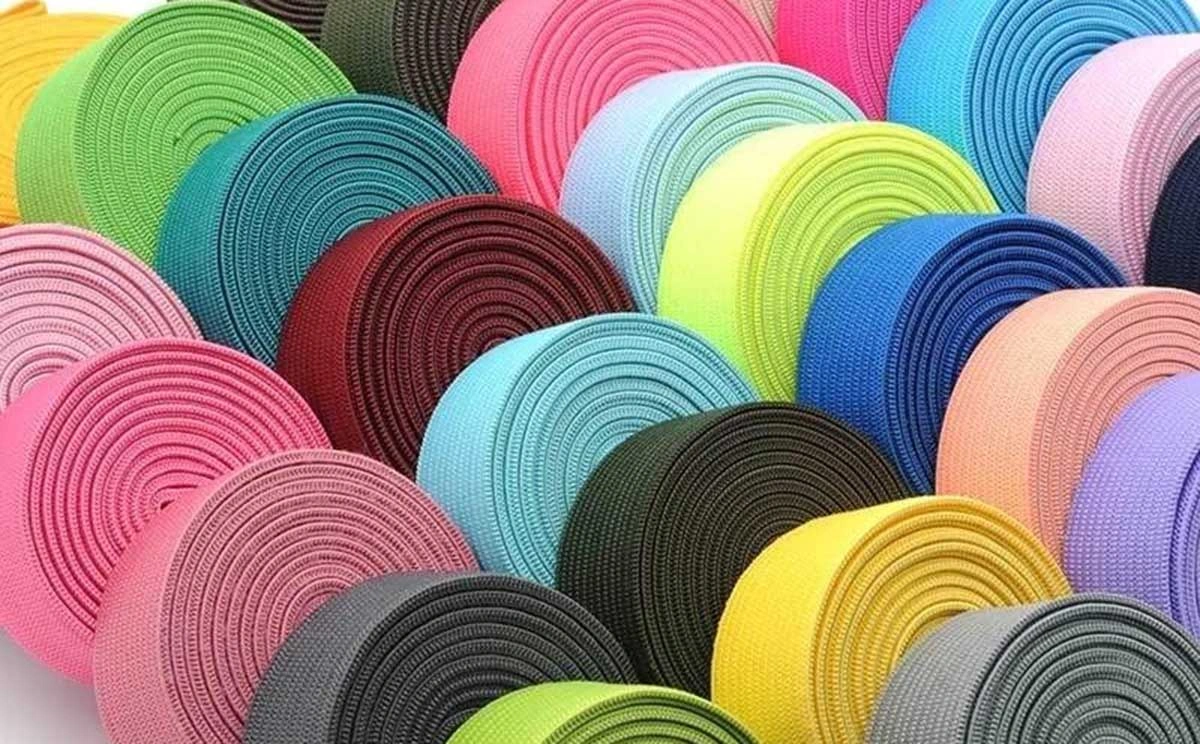
Elastic bands, primarily made from natural rubber latex, owe their stretchability to the randomness of their molecular structure, allowing them to return to their original shape after being stretched. The manufacturing process is quite intricate, involving the harvesting of latex, mixing it with chemicals, and shaping it into bands through vulcanization to enhance their strength and durability. This unique composition makes elastic bands incredibly versatile and indispensable in both personal and professional settings.
Their applications are numerous, ranging from organizing items to providing quick fixes for various problems. Elastic bands can also be used to repair worn-out items, highlighting their practicality and durability. Elastic bands are also commonly used for bundling materials and in various household tasks, as well as for other uses.
The woven elastic variant, made from 73% polyester and 27% rubber latex, is particularly notable for its durability and strength. Elastic bands are, indeed, one of the most versatile tools in our everyday arsenal.
Types of Elastic Bands
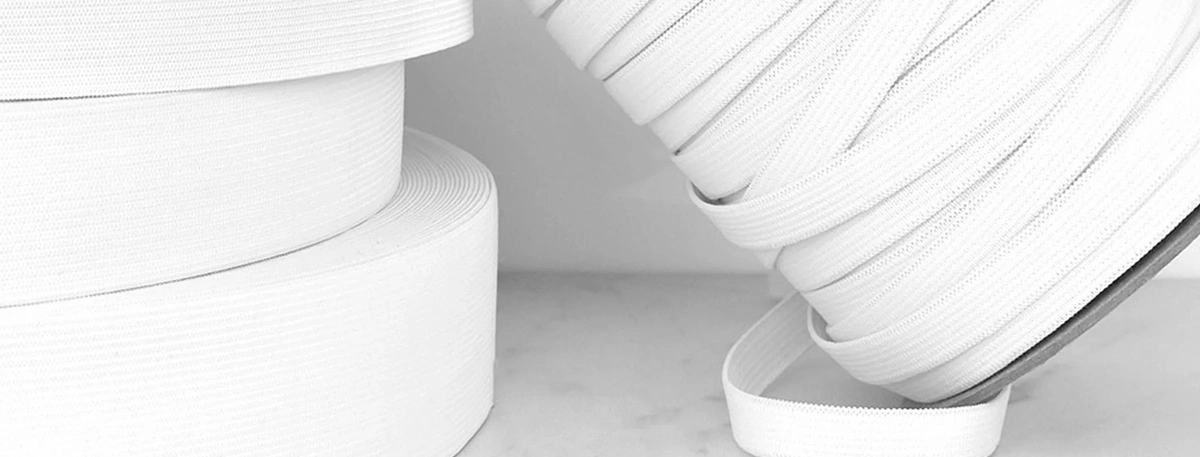
Elastic bands come in several types, each suited for specific applications. The main categories include woven, knitted, and braided elastics, along with specialty elastics designed for particular uses. Each type has unique properties that make them ideal for different tasks, from industrial applications to everyday household uses.
Understanding these differences is crucial for selecting the right type of elastic for your needs.
Woven Elastic
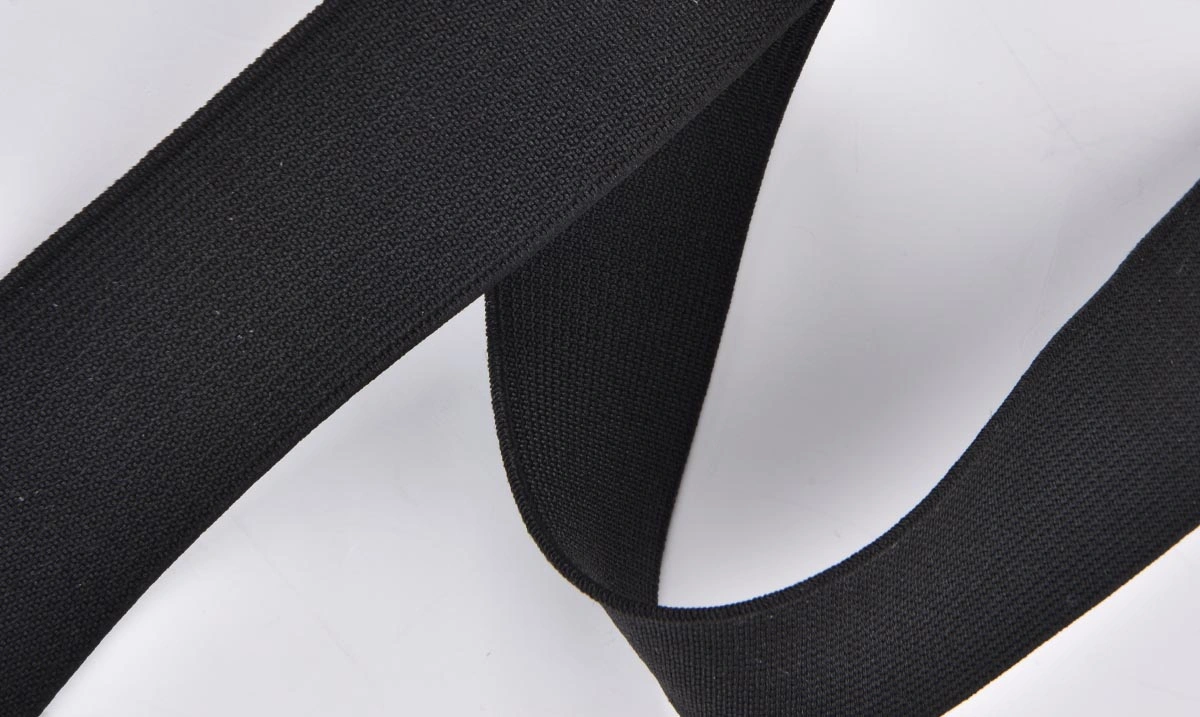
Woven elastic bands are created by weaving fibers together, which provides them with exceptional strength and elasticity. Woven elastic is a type of webbing made from interwoven strands of rubber or synthetic fiber, emphasizing its durability and stretchability. This construction allows them to maintain their shape and support, making them ideal for heavy-duty applications. Their durability enables them to withstand significant wear and tear, ensuring they remain effective even under demanding conditions.
Common uses for woven elastics include securing loads and equipment in industrial settings. Their robust nature makes them a reliable choice for tasks that require a strong, resilient band. Additionally, woven elastic bands are frequently utilized in various clothing items, providing the necessary stretch and support for garments such as waistbands and cuffs.
Knitted Elastic
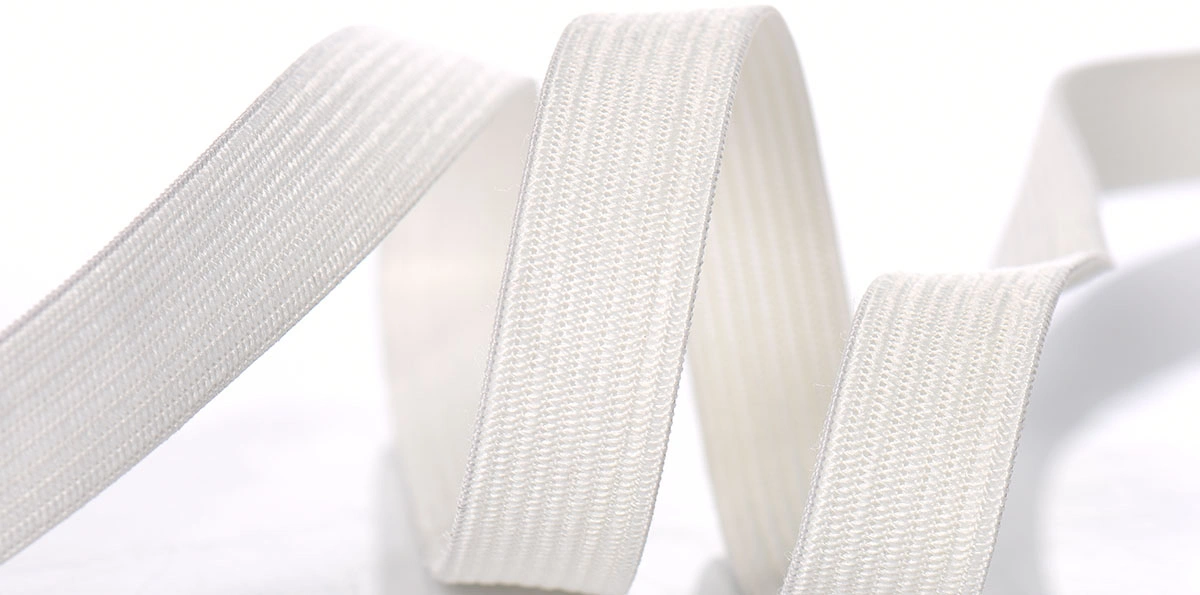
Knitted elastic bands are characterized by a v-shaped knit pattern that remains stable without narrowing when stretched. This type of elastic is soft and provides good stretch, making it ideal for garments that require flexibility and comfort. The smooth finish of knitted elastic ensures it retains its shape when stretched, which is particularly useful for applications in underwear and loungewear.
Typically used in clothing that directly touches the skin, knitted elastic is perfect for underwear and pajamas, offering a high degree of flexibility and comfort. Its ability to retain its original width when stretched makes it an excellent choice for swimwear as well.
Braided Elastic
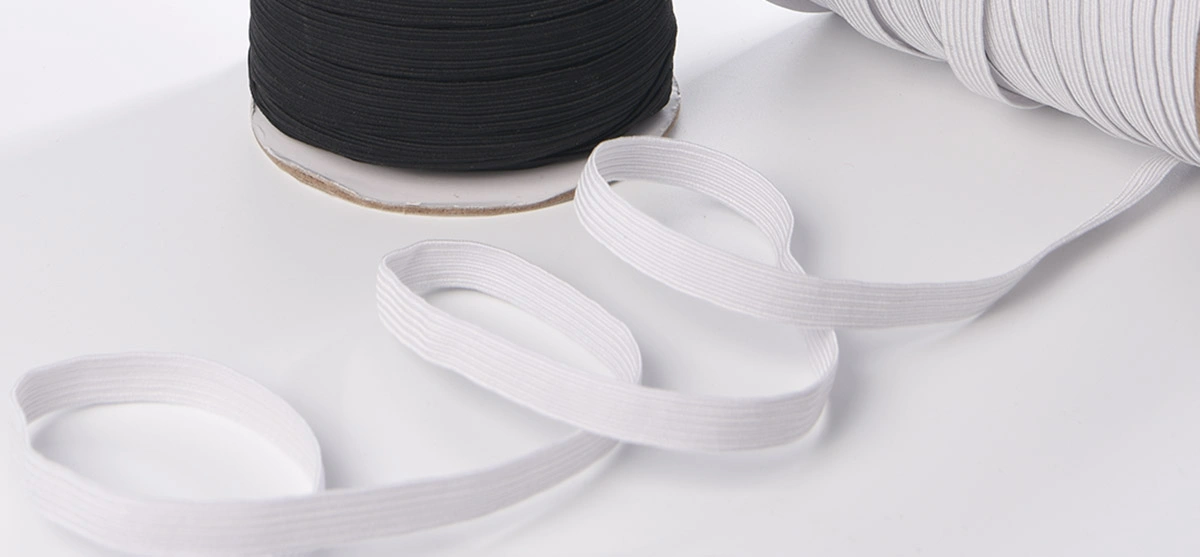
Braided elastic features horizontal ribs along its length, which makes it best suited for light to mid-weight fabrics. This type of elastic is designed to maintain its shape and is particularly effective for narrow applications where a tighter fit is necessary. The textured surface of braided elastic is excellent for encased applications, such as necklines and sleeves.
Due to its texture, braided elastic is commonly sewn into casings, providing flexibility without requiring direct sewing. This makes it a practical choice for various garment applications, ensuring a snug and secure fit.
Sizes and Dimensions of Elastic Bands
Elastic bands are categorized based on three primary measurements: length, width, and thickness. These dimensions are crucial for understanding their capabilities and applications. The right size and thickness can significantly affect the functionality of an elastic band, making it essential to consider these factors when selecting an elastic band for specific tasks.
Width and Thickness
The width and thickness of an elastic band play a significant role in its elasticity and load-bearing capacity. Thinner bands can stretch more but are more prone to snapping, while thicker bands offer greater durability but less flexibility. For tasks requiring a durable solution, thicker elastic bands are generally more resilient and less likely to break during use.
Different applications may require varying widths and thicknesses to meet specific functional needs. It’s essential to check for wear and tear before using an elastic band, especially if it is a thicker, heavy-duty type. This ensures the band will perform as needed without unexpected failures.
Length Variations
Elastic bands are available in multiple lengths, making it crucial to choose the appropriate size for your project. The correct size ensures the elastic band effectively meets the specific requirements of the task at hand. Whether you need a band for securing materials or for a crafting project, ensuring the right length is essential for optimal performance.
Choosing the right length of an elastic band ensures it holds materials securely and provides the necessary stretch. This selection process is critical for achieving the desired results, whether in clothing, medical applications, or industrial uses.
Common Uses of Elastic Bands
Elastic bands are incredibly versatile, finding applications in clothing, medical fields, and industrial projects. Choosing the right elastic band for each task maximizes its effectiveness.
Clothing and Apparel
Elastic bands are a common component in garments such as underwear, waistbands, cuffs, necklines, and lingerie. Their stretchy nature enhances fit and comfort, making them a staple in the clothing industry. Color-coded elastic bands can indicate their strength, with lighter resistance often shown in colors like yellow and heavier options in black.
Incorporating elastic bands into garments ensures they fit well and provide the desired comfort. This is particularly important in products like waistbands and cuffs, where flexibility and stretch are crucial for a good fit.
Medical Applications
Medical-grade elastic materials are commonly used in orthodontics for braces and other dental devices. These bands assist in realigning teeth over time, providing the necessary force for effective treatment.
Orthopedic supports and braces also leverage the elasticity of bands to offer stability while allowing for movement. These applications highlight the critical role of elastic bands in medical settings, where they contribute to patient care and treatment outcomes.
Industrial and Craft Uses
In various industries, including education, retail, and food services, rubber bands are widely used due to their elasticity. Braided elastic, with its intertwined strands of rubber or latex, offers strength and excellent stretch for heavy-duty uses.
Craft enthusiasts often use elastic bands for making jewelry, assembling DIY projects, and securing materials together. The versatile nature of elastic bands makes them invaluable in both industrial and crafting contexts, enhancing efficiency and creativity.
Choosing the Right Elastic Band
Selecting the right elastic band involves considering factors such as material, thickness, and intended use to ensure durability and effectiveness in various projects.
Selecting by Durability
The quality of material significantly impacts the longevity of elastic bands. Latex bands, for instance, often provide greater stretch and durability, making them a preferable choice for high-demand applications.
Regularly inspecting elastic bands for signs of wear, such as nicks or discoloration, ensures safety and performance. Replacing elastic bands every six months is advisable to maintain optimal performance and safety.
Color and Aesthetic Choices
Elastic bands are available in a wide range of colors, allowing users to select options that enhance the visual appeal of their projects. Whether for personal preference or to coordinate with specific projects, choosing the right color can significantly impact the final look.
Having a variety of colors to choose from can make a project more visually appealing and aligned with individual tastes. This selection process is just as important as choosing the right type of elastic band for functionality.
Fit and Functionality
Different types of elastic bands, such as woven, knitted, and braided, each offer unique characteristics ideal for various applications. The width and thickness of these bands influence their stretchiness and strength, which are crucial for a perfect fit.
Assessing the specific functionalities required for your project, such as tension needed or application type, ensures you select the appropriate elastic band. This careful selection process is essential for achieving the best results in any project.
Maintenance and Care of Elastic Bands
To clean elastic bands, use a mild cleanser that avoids harsh chemicals like bleach and alcohol. Proper maintenance and care can significantly extend the lifespan and performance of elastic bands.
Certain elastic bands are designed to be UV and ozone resistant, which prolongs their lifespan, especially when used outdoors. Following these maintenance tips ensures your elastic bands remain effective and durable over time.
Where to Buy Elastic Bands
Elastic bands can be purchased through both online and local retail options, each offering different advantages.
Consider the specific type you need based on your project requirements and availability.
Online Retailers
Popular online platforms like Amazon and Walmart often have a wide selection of elastic bands available for purchase. Amazon, in particular, offers user reviews and ratings to aid in the selection process.
There are numerous online retailers where elastic bands can be easily purchased, providing convenience and often better prices than local stores.
Local Stores
Finding elastic bands locally can provide quick access for immediate needs and support local businesses. Department stores often sell high-quality elastic bands in various sizes and colors in their craft or sewing sections.
Specialty shops may offer a wider selection of elastic bands suited for particular crafts, like sewing or hair accessories. Shopping locally for elastic bands not only meets immediate crafting needs but also fosters community engagement.
Summary
In summary, elastic bands are incredibly versatile tools that serve a wide range of applications across personal and professional settings. From their various types, sizes, and dimensions to their diverse uses in clothing, medical fields, and industrial projects, elastic bands prove to be indispensable.
Choosing the right elastic band involves considering factors such as material quality, durability, color, and functionality. Proper maintenance and care can significantly extend their lifespan, ensuring they remain effective over time. Whether purchased online or locally, elastic bands are readily available to meet your specific needs. Embrace the versatility of elastic bands and explore their full potential in your projects!
Frequently Asked Questions
What are elastic bands made of?
Elastic bands are primarily made from natural rubber latex that is processed and vulcanized to improve strength and durability. This composition ensures their elasticity and functionality in various applications.
What are the different types of elastic bands?
There are three main types of elastic bands: woven, knitted, and braided, each tailored for distinct applications. Selecting the appropriate type is essential for optimal performance in your specific use case.
How do I choose the right size of an elastic band?
To choose the right size of an elastic band, evaluate the length, width, and thickness based on the specific requirements of your project. Ensuring these dimensions meet your needs will result in optimal performance.
What are some common uses of elastic bands in clothing?
Elastic bands are primarily utilized in clothing for waistbands, cuffs, necklines, and in underwear and lingerie, as they improve fit and comfort.
How can I maintain and care for elastic bands?
To maintain elastic bands, clean them with a mild cleanser that avoids harsh chemicals such as bleach and alcohol. Additionally, using UV and ozone-resistant bands for outdoor applications will enhance their longevity.
Resources Page
- Elastic Fabric Material: Features, Uses, Innovations
- Elasticated Bandage: The Ultimate Guide to Tubular Support Bandages
- ProStretch™ Elastic Cloth: The New Era of Polyester Braided Fabrics
- Green Elastic Material: Its Use in the Textile Industry
- Clear Elastic for Garment Manufacturers and Traders
- All You Need to Know About Decorative Elastic, Stretch Trims and Satin Elastic
- Plush Elastic in Garment Manufacturing
- Silver Elastic: Where Versatility Meets Performance in Garment Making
- Hobby Lobby Fold Over Elastic: All You Need to Know
- Poly Elastic: Poly-Fil® Spandex Braided Elastic - The New Benchmark in Garment Elastic
- Elastic Textiles: Changing the Fabric of Modern Manufacturing
